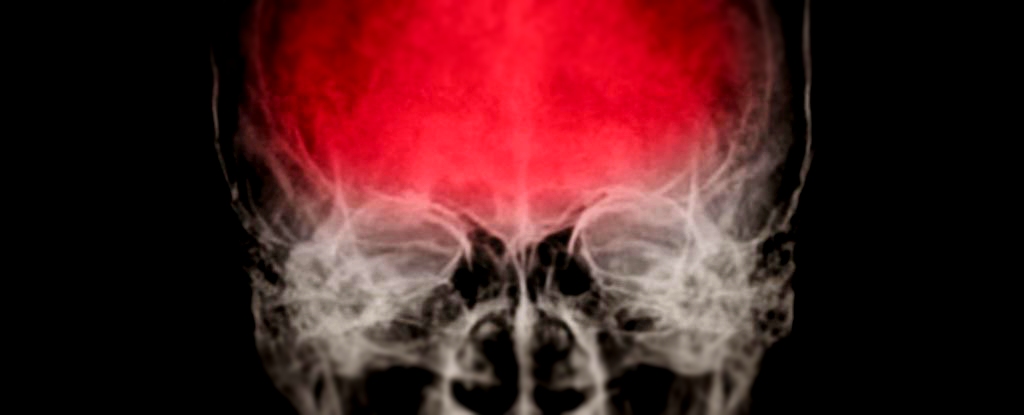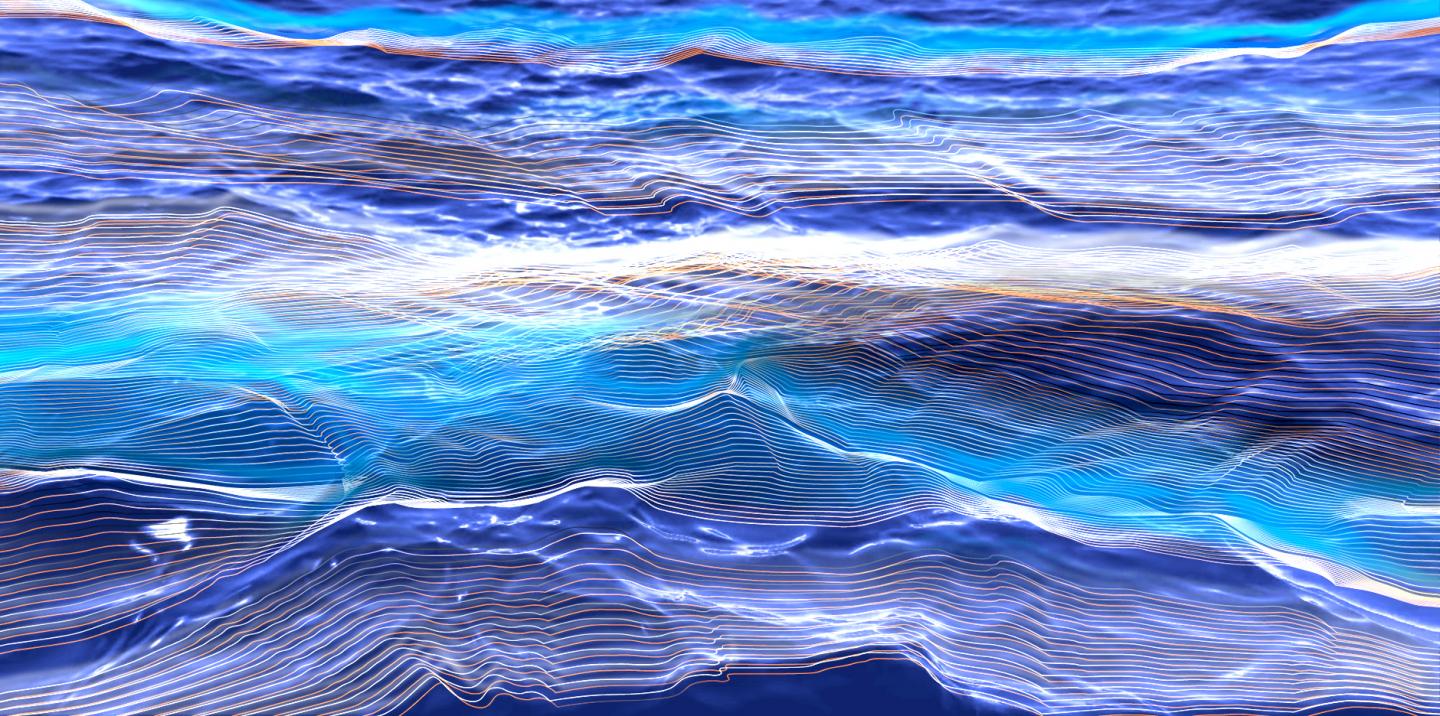It’s not unusual for space probes to complete gravitational flyby manoeuvres en route to their destination. It’s a bit more unusual when the flyby is at the destination planet. ESA’s BepiColombo spacecraft is manoeuvring around Mercury into its final orbit. With each flyby it gets closer and closer and closer until its finally captured by Mercury’s gravity in 2026. During the latest flyby, stunning images of the nearest planet to the Sun were captured from just a few hundred km. Checkout the best and most stunning images of Mercury yet.
Mercury, the smallest planet in the Solar System and closest to the Sun is a rocky world. It’s surface somewhat resembles the Moon, desolate and heavily cratered. The lack of an atmosphere and the proximity to the Sun means daytime temperatures can reach a whopping 472°C but they plummet to -200°C at night. Mercury’s orbit is highly elliptical taking just 88 Earth days to complete one full orbit around the Sun. From Earth Mercury is never far from the Sun in the sky and so is very difficult to observe in the bright twilight sky.

To date, only two spacecraft have visited Mercury; Mariner 10 and Messenger. There is now another on the way, BepiColombo. It was launched on 20 October 2018 where it began its journey to the innermost planet. Led by ESA, this joint mission with Japan Aerospace Exploration Agency (JAXA.) is made up of two orbiters; ESA’s Mercury Planetary Orbiter and JAXA’s Mercury Magnetospheric Orbiter. On arrival, the two orbiters will manoeuvre into their dedicated polar orbits, beginning their operations in early 2027.

During a press briefing on 9 January 2025, ESA Director General Josef Aschbacher revealed the first images from the spacecraft’s monitoring cameras (M-CAMs) and the results did not disappoint.
In this first image, BepiColombo passed over Mercury’s terminator, the line between the day and night hemispheres, allowing M-CAM 1 to peer into the permanently shadowed craters of the north pole. The craters Prokofiev, Kandinsky, Tolkien and Gordimer can be seen with their permanently dark floors. Despite Mercury’s proximity to the Sun, the floors of the craters are some of the coldest places in the Sun. In these dark, shadowy places there is even evidence of frozen water!

The second image captures the volcanic plane known as Borealis Planitia. The large smooth plains on Mercury, rather like those on the Moon, formed billions of years ago. In the case of Mercury, it’s thought the plains formed 3.7 billion years ago when volcanic eruptions flooded the surface with molten lava. Any craters that were in the area, such as Henri and Lismer got filled with lava and as the planet cooled, wrinkles formed in the plains much like the wrinkling of an apple skin.
Many of the smaller craters in this region have been wiped out by the lava but the rim of Mendelssohn crater is still visible along with Caloris Basin, a large impact crater with a diameter of 1,500 km.

The final image was taken by M-CAM 2 and shows more evidence of volcanic activity and impact events. There is a bright region toward the upper limb and this is known as Nathair Facula. It’s the result of the largest volcanic explosion on Mercury with a central vent 40km across. Evidence has been found for at least 3 major eruptions that have deposited lava over 150km away. In stark contrast, to the left is the much younger Fonteyn Crater, just 300 million years old!

Source : Top three images from BepiColombo’s sixth Mercury flyby








Leave a Comment